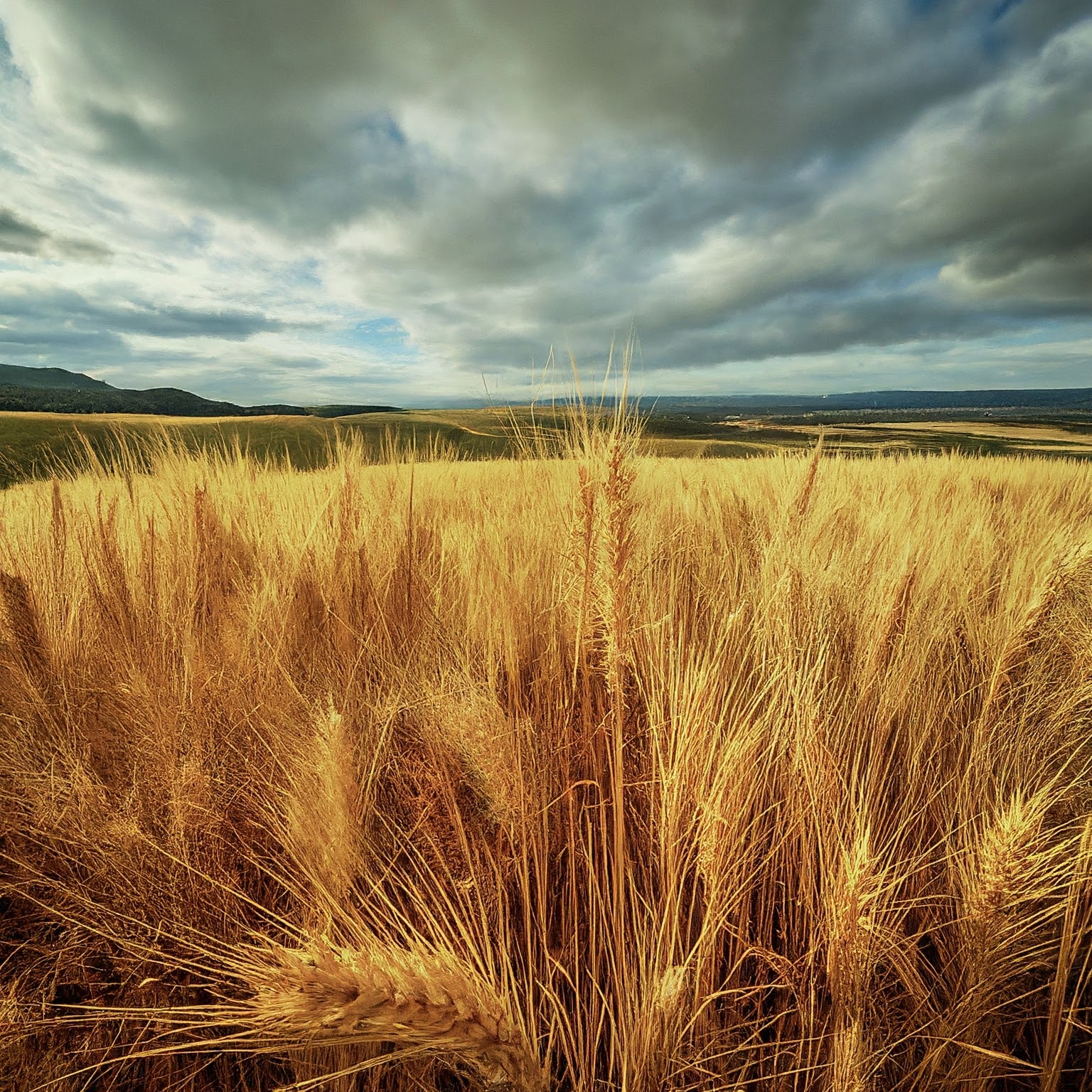The prospects for wheat Yield in Northern India have never looked brighter. With farmers eagerly anticipating a bountiful harvest, the stage is set for a significant increase in wheat yield across key states such as Haryana, Punjab, and Rajasthan. Let’s delve deeper into the factors driving this optimistic outlook and what it means for India’s agricultural sector.
Anticipated Increase in Wheat Yield
Farmers in the states of Haryana, Punjab, and Rajasthan are brimming with optimism as they foresee a substantial rise in wheat yield this year. With expectations ranging from seven to 10%, this anticipated surge is primarily attributed to the favorable weather conditions experienced throughout January. Additionally, recent rains have not only replenished soil moisture but have also lowered temperatures, creating ideal environments for wheat cultivation.
Wheat Sowing Data Analysis
The latest sowing data released by the Agriculture Ministry for the 2023-24 season paints a promising picture for wheat acreage. Compared to the previous year, there has been a slight uptick in wheat cultivation, with total acreage reaching 341.57 lakh hectares. Of particular significance is the notable increase in sowing witnessed in Uttar Pradesh, the leading wheat producer in the country. Surpassing 101.41 lakh hectares, this surge in Uttar Pradesh’s wheat cultivation has played a crucial role in offsetting the decline observed in other states such as Rajasthan and Maharashtra. Despite minor fluctuations, the acreage in Punjab and Haryana remains consistent with last year’s figures.
Government Targets and Confidence in Agricultural Sector
Buoyed by the positive sowing trends and favorable weather forecasts, the government has set an ambitious target of 114 million tonnes for wheat production this year. This reflects the administration’s confidence in the agricultural sector’s ability to meet the growing demands of a burgeoning population. Furthermore, it underscores the pivotal role played by farmers in ensuring food security and sustainability.
Impact of Weather Patterns on Wheat Yield
The India Meteorological Department (IMD) further supports the optimistic outlook, indicating favorable temperature trends across key wheat-growing regions. In states like Haryana, Punjab, and parts of Rajasthan, maximum temperatures have remained one to four degrees Celsius below normal, providing an optimal environment for wheat cultivation. However, certain pockets in Uttar Pradesh have experienced slightly warmer temperatures, albeit within manageable limits.
Observations on Minimum Temperatures
While maximum temperatures have largely remained conducive for wheat cultivation, there have been minor fluctuations in minimum temperatures in certain regions. Particularly in Punjab, Haryana, and Uttar Pradesh, minimum temperatures have been reported to be three to six degrees Celsius above normal on February 4. While these fluctuations may pose challenges, they are unlikely to significantly impact overall wheat yield, given the favorable conditions prevailing in other aspects.
Overall Rabi Crop Sowing Trends
Beyond wheat, the Agriculture Ministry’s data sheds light on the overall Rabi crop sowing trends for the 2023-24 crop year. Despite minor fluctuations, the total area sown under Rabi crops has marginally increased to 709.29 lakh hectares. Notable changes include a decline in gram (chana) acreage, while lentil cultivation has witnessed a modest rise. These trends underscore the dynamic nature of agricultural practices and the need for adaptive strategies to ensure sustainable production.
Expectations for the Agricultural Sector
With farmers gearing up for what promises to be a bountiful season, all eyes are on the agricultural sector as it strives to meet production targets and contribute to the nation’s food security. The convergence of favorable weather conditions, positive sowing trends, and government support bodes well for the future of wheat cultivation in Northern India. However, it’s essential to remain vigilant and proactive in addressing any potential challenges that may arise along the way.

Conclusion
In conclusion, the expected increase in wheat yield in states like Haryana, Punjab, and Rajasthan due to favorable weather conditions is a testament to the resilience and adaptability of Indian farmers. With concerted efforts from stakeholders across the agricultural value chain, the sector is poised to achieve new heights of productivity and sustainability. As we look ahead to the upcoming season, optimism abounds, signaling a promising future for wheat cultivation in Northern India.
Click Here For More Information and Latest Articles
Unique FAQs
- How do weather patterns impact wheat cultivation?
- Weather patterns, including temperature and rainfall, play a crucial role in determining wheat yield. Favorable conditions, such as moderate temperatures and adequate moisture, contribute to optimal growth and development.
- What are the key challenges faced by wheat farmers?
- Wheat farmers often contend with challenges such as pest infestations, water scarcity, and adverse weather conditions. Additionally, market fluctuations and input costs can impact profitability and sustainability.
- What measures can farmers take to enhance wheat yield?
- Farmers can adopt various agronomic practices such as timely sowing, balanced fertilization, and pest management to enhance wheat yield. Additionally, leveraging technology and innovation can help optimize resource utilization and minimize risks.
- How does wheat cultivation contribute to food security?
- Wheat is a staple food crop consumed by millions across India. A robust wheat cultivation ensures a steady supply of food, thereby enhancing food security and meeting the dietary needs of the population.
- What role does the government play in supporting wheat farmers?
- The government provides various support mechanisms, including subsidies, credit facilities, and price support schemes, to assist wheat farmers. Additionally, research and extension services are undertaken to promote best practices and enhance productivity.










